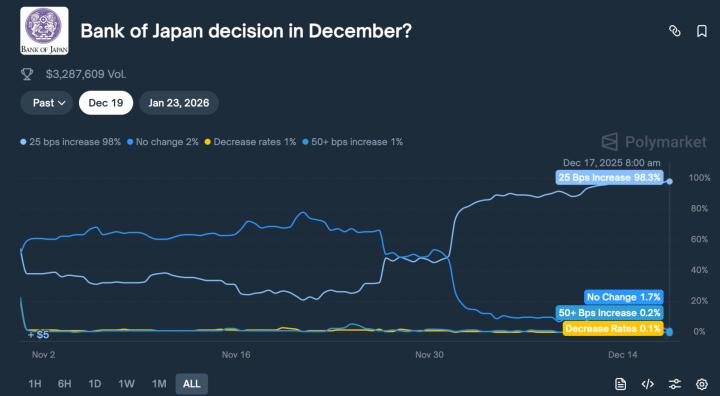On April 4, on-chain data analyst Murphy posted on social media that typically during a bull market correction, BTC's price would repeatedly hit the STH-RPC, which is the average turnover cost of short-term holders, currently at $93,000; and since February this year, BTC has not seen a decent rebound.
Between November 2024 and January 2025, STH profit-taking accounted for 56% of the total realized value in the market, while LTH accounted for 42%. This indicates that everyone had substantial profit margins at the time and dominated the cash-out behavior. During the rebound period from March 13 to March 25, LTH profit-taking had already reached 70%, while STH was only 10%; suggesting that at this point, cash-out behavior was primarily by long-term holders, with short-term holders having little profit margin left.
Historically, whether in a deep bear market or bull market correction, a stage-bottom or even a major cycle bottom forms after LTH gradually becomes loss-making. This is because when there's nothing left to sell (capitulation), a bottom is formed. The nearest long-term holder cost basis to the current price is around $81,000, and this group holds approximately over 300,000 BTC. This means when BTC price falls below $80,000, these BTC held by LTH will enter a loss state (thus providing strong support at this price level).
Moreover, as time passes, more high-position trapped short-term chips passively become long-term chips, which will produce the same effect; essentially raising the overall LTH cost basis. In any case, before this "issue" is effectively resolved, it will remain in a framework of "looking for rebounds rather than reversal".








